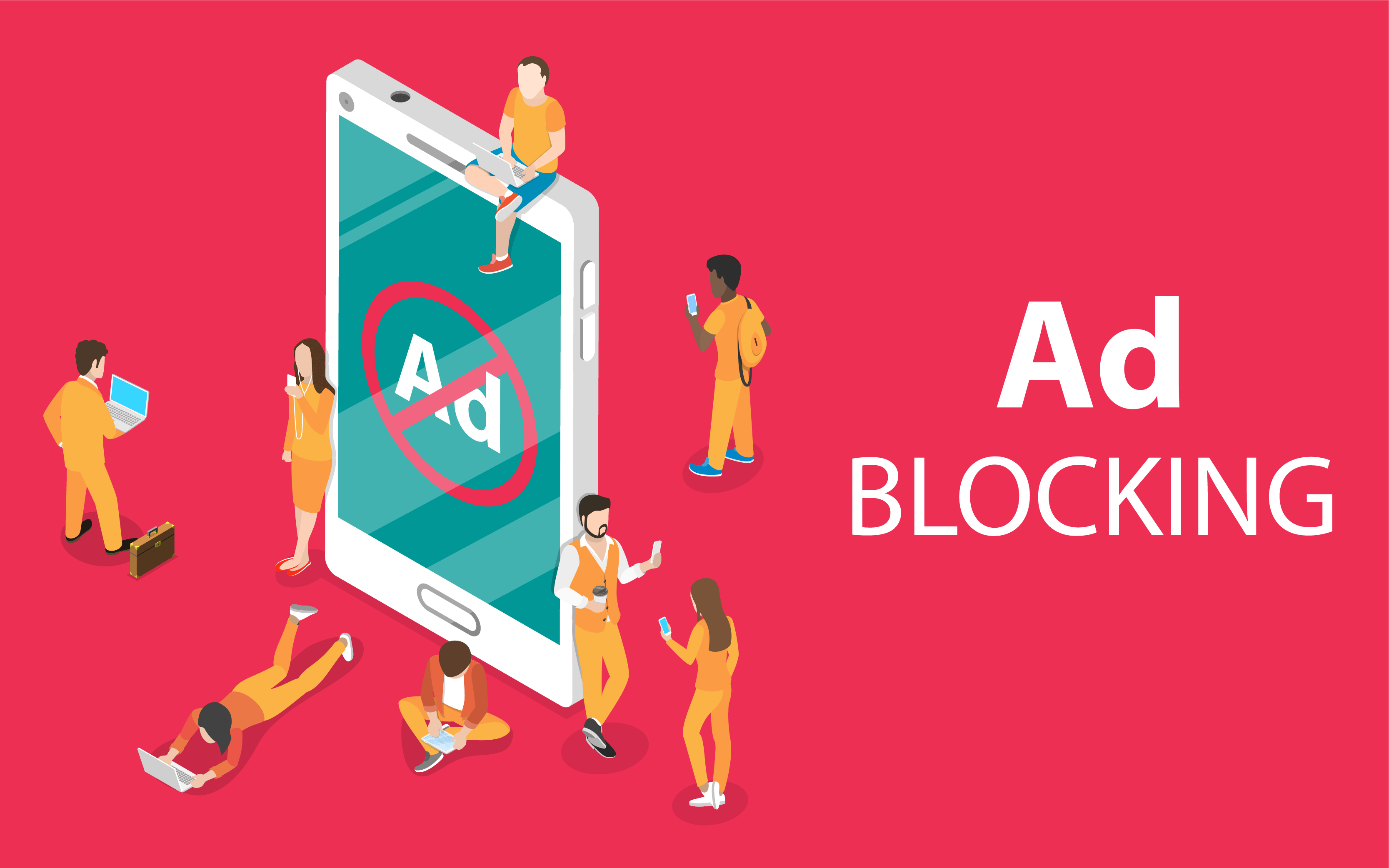Reflecting On 2024 – Expert Insights on the Programmatic Industry
As the digital advertising landscape continues to evolve, programmatic advertising remains at the forefront of innovation, shaping the way brands…

Advertisement blocking is a must-have for many publishers. For most of them, the reason behind using it, are legal issues. However, not for all.
All publishers working with the programmatic model know that one of the biggest differences from the “old” direct campaigns is limited control over the content and quality of ads. The vast number of advertisers that are able to buy and serve those ads makes management this matter very complicated.

In this article, I will point out the best practices in the field of advertisement blocking in programmatic. Also, I will share limitations that publishers face with the technology used in programmatic ad management.
There are many approaches to the adblocking mechanism in different SSPs on the market.
Some give publishers quite wide and detailed options for managing their buyers’ pool from the account level (like Google AdX). Others, on the other hand, offer only the simplest solutions. There are, however, companies that do not give control away. They still require contacting customer support if you want to block an advertiser or content category from your site.
In almost all cases, there are two types of blockades:
Most of the problematic categories and campaigns (like anything related to sex or violence) is blocked by the SSPs straight away. They simply do not comply with their policies. Others (like alcohol) require opting in from the publisher’s end.
If money is not the main issue, some publishers prefer to add more specific categories to the adblocking pool to feel safer from the legal and UX perspectives. Most of the small and medium sites go with blocking specific campaigns whenever they see something they don’t like.
[mc4wp_form id=”407″]
There are many answers to this question. From our experience, we can tell that there are three main reasons why publishers’ use the blocking.

With advertisement blocking, the technology publishers use comes with some limitations. Especially those that are still in development.
The most common limitation regarding programmatic blocking is the lack of advertiser recognition on the platform level. Even in the case of tools like AdX, you have large parts of revenue coming from the companies bundled as “Unclassified Advertisers” or “Google Adwords”. As a result, you cannot analyze what companies displayed ads on your site if you don’t see it with your own eyes on the screen (or get some notice from users). Also, even if you know the advertiser’s name, sometimes you cannot simply block it if the SSP does not recognize it among the list of advertisers.
The second big limitation I already mentioned above is the inability to set any blocks on the account level. This means you have to write an email to the SSP account manager every single time you see something that you want to be blocked. You also have to take into account the wait time for their reply. It can take up to a couple of days depending on time zones.
The third and final roadblock is the fact that on tools like Open Bidding, the publisher cannot block anything on its own. To do so, the publisher must contact customer support. Even then, ad blocking is only available for the whole account, rather than specific domains. As long as it’s a 0:1 case of bad advertising, it is not a major issue.
If you happen to have 10 different websites, each in a different category, and you want to block competition from the same industry on only one of them, you simply will not be able to do it. The publisher then needs to make a business decision. Suffer the couple hundred ads per month featuring competition, or cut the revenue source provides. In some cases, the loss is up to a double-digit share of this revenue. The marketing team will say one thing, and sales will say the other.
As I think, most of the professionals working on programmatic inventory management will agree. Advertisement blocking is one of the most unpleasant and complicated parts of the job. It requires a lot of analysis, processing, and making strategic business decisions.
Our approach is usually quite clear:
When you have the framework, what is left is much simpler daily management that does not require the involvement of many parties. What it requires is awareness that you will never be able to cut 100% of bad ads from the page. Of course, you should do your best to make it happen.

Karol Jurga
Chief Revenue Officer
See it in action.